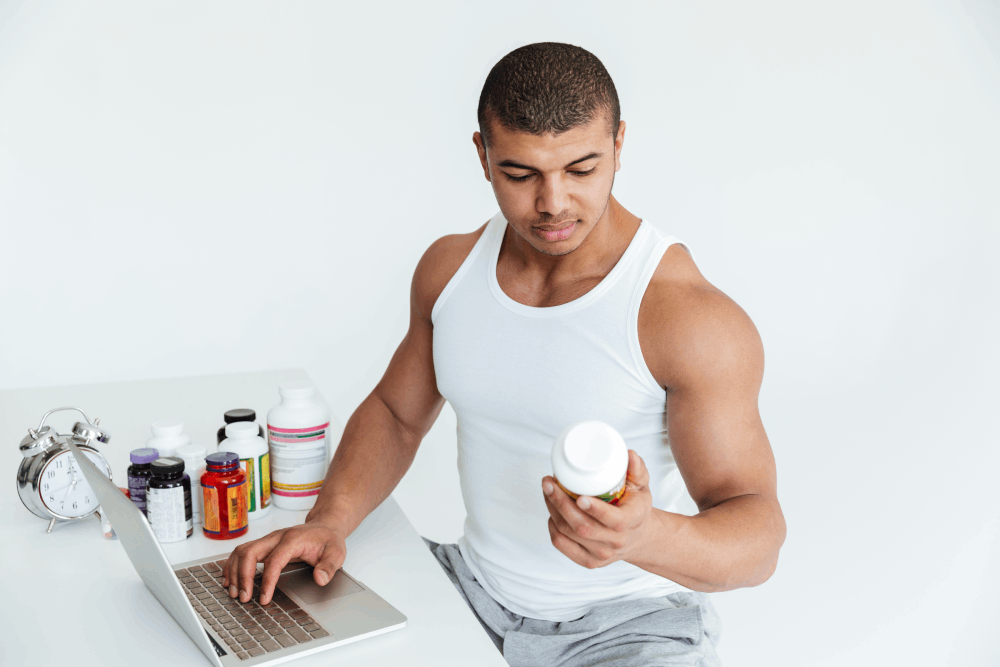How Athletes Benefit from Compounded Medications for Recovery

Each athlete has a unique body. No two athletes suffer from injury or exhaustion in the same manner, due to factors including genetics and how they train, recover, and handle pain. At this point, compounded drugs start to play a useful role in the healing process. Compounded drugs enable pharmacists to collaborate with healthcare practitioners to customize therapies for each patient, as opposed to relying on off-the-shelf goods with predetermined formulas.
Treating Recuperation, Not Only Symptoms
Commercial drugs often treat general symptoms like muscle soreness or inflammation, but athletes seek more than temporary relief. Restoring muscle function, reducing downtime, and preventing further injury are all essential components of recovery. Whether it's a topical lotion to relieve inflammation or a lozenge to help manage soreness without harming the stomach, a compounded drug can be tailored to do just that.
Steer Clear of Unwanted Ingredients
Certain inactive chemicals or preservatives present in common drugs can cause sensitivity in certain athletes. Others might have to avoid substances that might appear on drug tests or adhere to stringent food restrictions. To help athletes meet their dietary and professional needs, compounded drugs can be made free of dyes, lactose, gluten, and other common irritants.
Making Treatment Easier to Stick With
Routines, morning ice packs, nightly stretches, and mid-day medications are frequently associated with injuries. The type of drug can affect adherence for athletes with demanding schedules. A difficult-to-swallow tablet or a dosage that needs to be taken several times a day may act as a barrier. Compounding allows for the creation of drugs in forms that are more suited to the athlete's lifestyle, like transdermal gels or easier-to-remember once-daily dosages.
Custom Dosage for Particular Requirements
Recovery isn't universally applicable. A swimmer recuperating from shoulder strain requires a different dosage or combination of substances than a runner with joint pain. Compounding enables accurate dosage that accounts for metabolism, weight, and sport intensity. Every athlete appreciates a quicker and safer recovery, which this can provide. In light of increasing drug shortages affecting access to specific formulations, as discussed in this article, https://www.usatoday.com/story/special/contributor-content/2025/03/28/the-silent-emergency-jay-bhaumik-on-the-drug-shortage-crisis/82709124007/, personalized compounded medications are becoming a more reliable option for meeting individual recovery needs.
Handling Chronic Illnesses Without Failure
While still competing, several athletes deal with chronic illnesses, including asthma, arthritis, or hormone abnormalities. Over-the-counter treatments may work for the average person but fall short for athletes who need consistent performance and minimal side effects. When an athlete's needs change, compounding allows for pharmaceutical adjustments without necessitating a shift to an entirely different medicine or treatment regimen.
The Pharmacist-Athlete Collaboration
Customizing formulas is only one aspect of compounding; communication is another. In order to optimize recovery regimens, pharmacists collaborate with physicians, physical therapists, and athletes. Better therapeutic results and a more seamless return to sport are frequently the results of this cooperative approach.
A Step Toward Smarter Recovery
Athletes frequently strain their bodies to the breaking point. Recovery, therefore, shouldn’t rely on mass-market remedies alone. Athletes can receive more individualized, focused therapy that supports their performance objectives using compounded drugs. Standard therapies should be improved with more intelligent, flexible solutions that promote resilience and long-term health, not replaced.
